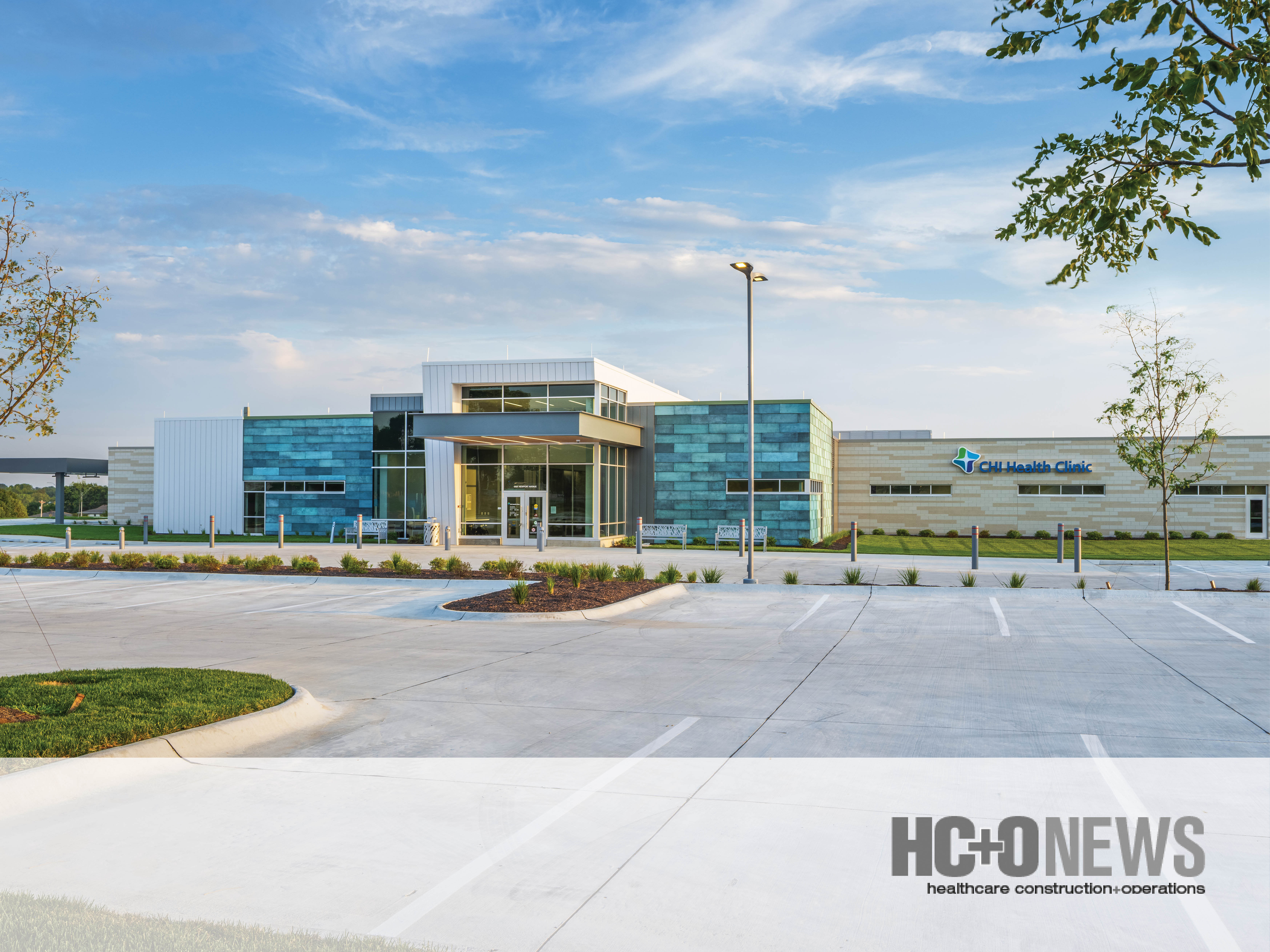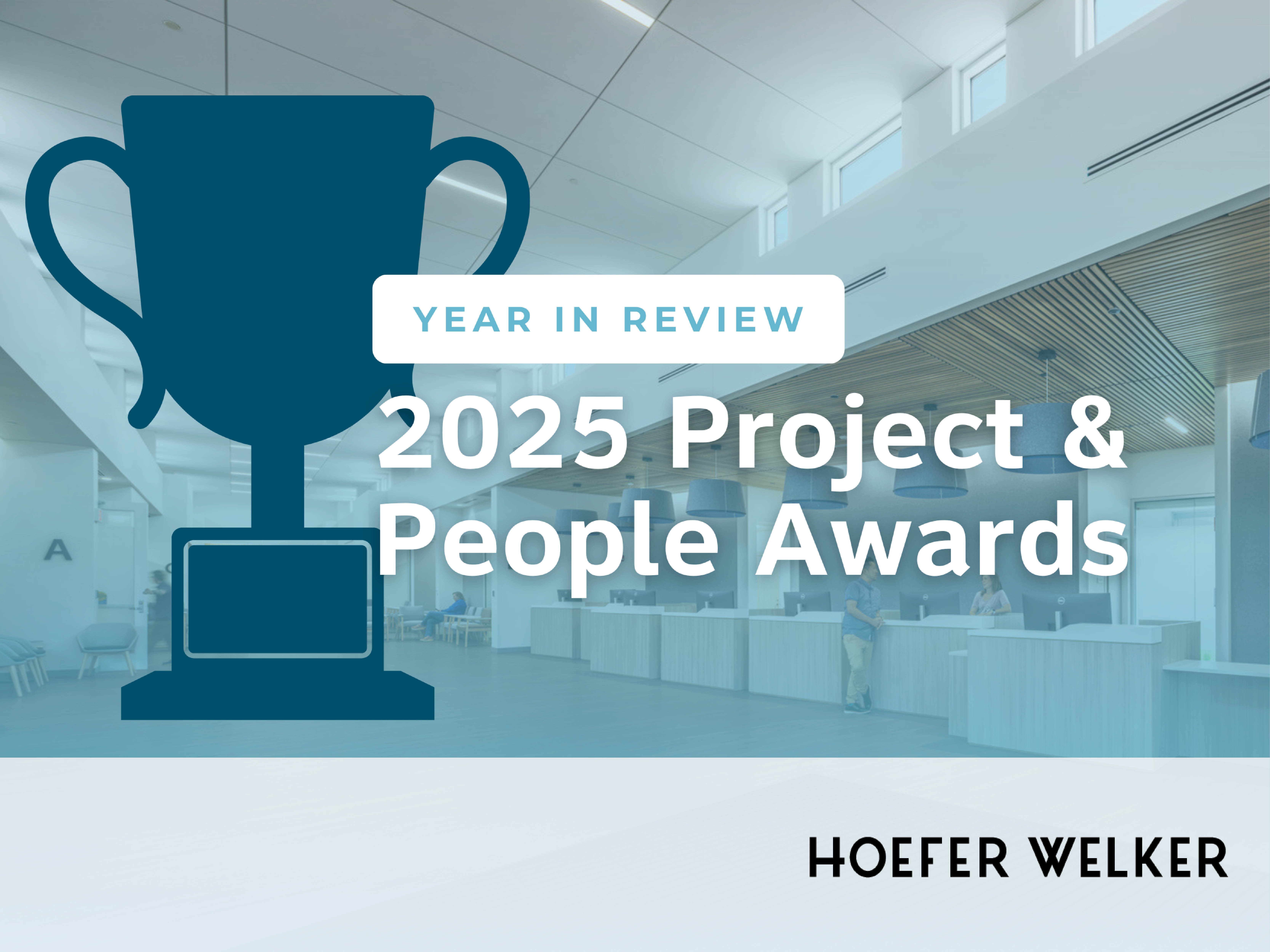Modular and Prefabricated Design Part I: The New Mainstream for Health Systems
A recent HCO News article highlights how modular and prefabricated design is becoming a mainstream solution for healthcare systems facing rising...


In an era when evidence-based design is highly valued, healthcare groups are finding that they can mine their own operations for this information. Instead of, or in addition to, going outside to benchmark for best practices, owners, facility managers and designers are able to learn from what works in their own buildings.
While hospitals may represent the largest facilities in a healthcare system, they are only one part of the healthcare design equation. Large health system networks operate a full range of facilities, covering every type of care, from the most acute—hospitals—to ambulatory care and clinics. Ambulatory care includes most categories of outpatient healthcare, from specialists’ clinics and outpatient surgery to eye care, pharmacy,
pediatrics and general health. Physicians’ clinics are a smaller subset of ambulatory care.
Flooring is a fundamental part of these buildings. The trend toward resilient and hard surface flooring in hospitals continues, with carpet taking up less and less of the floor plate. Based on experience, rubber has emerged as a material of choice for healthcare. Yet carpet’s acoustic quality—along with its warmth—make it an ideal solution for many non-treatment spaces.
Learn More about UTSW William P. Clements Jr. University Hospital Tower 3 Expansion >>

A recent HCO News article highlights how modular and prefabricated design is becoming a mainstream solution for healthcare systems facing rising...

2025 brought a number of recognitions for our work, our people, and our growth as a firm. From project awards to individual honors and business...

Mara Sabatini, Vice President and Senior Project Manager, was recently featured in BD+C’s article, Leadership in Practice: How 40 Under 40 Alumni...